#ocean birds
Text
#ocean waves#soundscape#beach#ocean#the beach#sea waves#ocean side#ocean sounds#ocean birds#birds#bird sounds#blue water#nature#nature video#ocean video#ocean view#video#fineval
168 notes
·
View notes
Video
Wood Duck ( Drake ) by Kip Hutchison
Via Flickr:
Resting time for the Woody.
#Wood Duck#Wood Ducks#Ducks#Duck#Water Birds#Water Bird#Fresh Water Ducks#Fresh Water Birds#Wildlife#Vancouver Island Wildlife#VancouverIslandBirds#Ocean Birds#Birds.#Bird#British Columbia#flickr
16 notes
·
View notes
Text

#seagulls#birds#ocean#ocean eyes#gif#gifs#bird gif#bird gifs#bird illustration#bird art#white birds#seagull#ocean birds#birds of prey#bird of paradise#wild birds#birds of north america#birds of tumblr#birds nature#death birds#birds of a feather#birds in art#birds lovers#seagull videos#seagulls of tumblr#birds of the Internet#wildlife#wild animals#breath of the wild#wild blue yonder
3 notes
·
View notes
Text

Herring gulls take 4 years to reach their adult plumage, with distinct plumages for each year between fledgling chick and adult.
(Herring gull, juvenile)
#photography#art#outdoors#nature#digital art#animals#wildlife#adventure#outdoor#birds#seagull#ocean birds
4 notes
·
View notes
Text




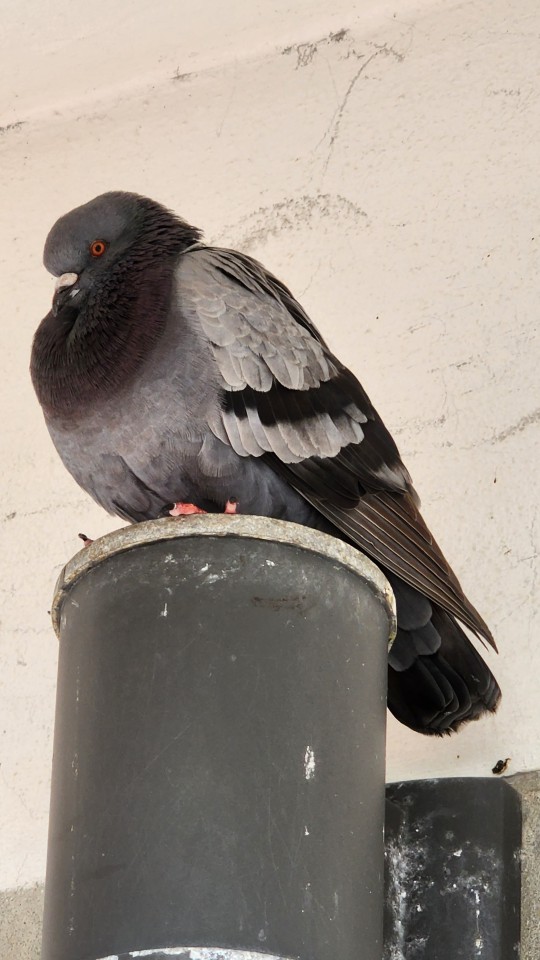
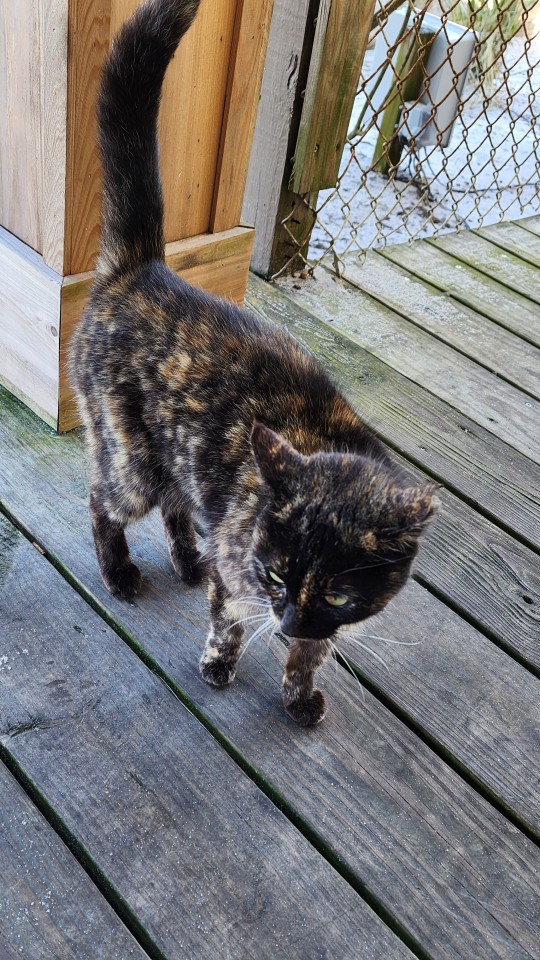
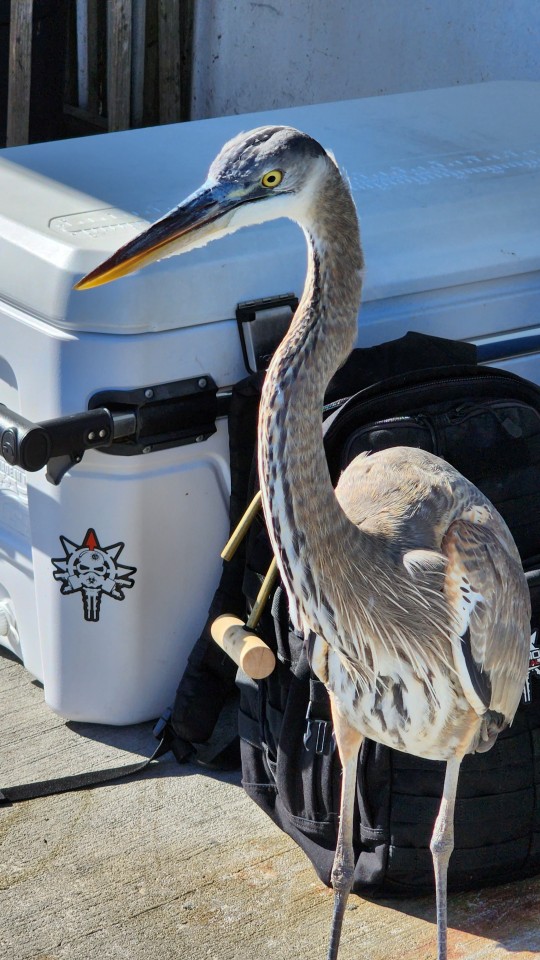

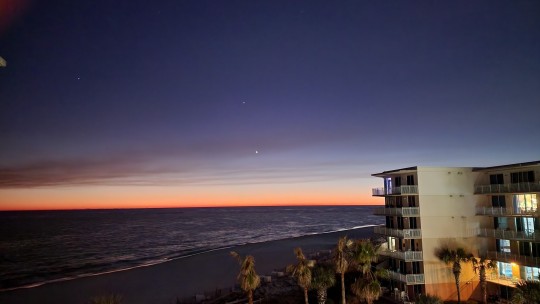

So, this past January, I was down in Florida. For the first time in my life on earth for 26 years, I was able to encounter the ocean.
Her beauty left me absolutely thunderstruck. The first time I stood at the sandy shore, I was agasht of the fine grain of softness the sand was on my feet. I'm used to sand be coarse and harsh, but not here. The sandy beach traced the emerald green shoreline as far as I could see, such a pure ivory white that glowed beneath the sun, yet somehow, was soft on the eyes, unlike snow when it reflects sunlight. I watched the ocean roll, observed the absolute vastness of it, I listened to it, took in the smell of the air. Yankee candle has tried to capture the smell of ocean air in the past, but it pales in comparison to the real thing. Aromatic, pleasantly salty, with a note of sweet. Someone may call me crazy, but I swear the fragrance was a pleasant savory aroma, not one that induces hunger, but melts away your worries. Just by taking a deep breath, you can tell the air is alive. A candle company can never replicate the air itself, for they miss one key ingredient: Life. the first time, I allowed the sultry waves to overwash my bare feet, it connected me to a special kind of energy that surged over me and took me to a state of mind I've never felt before, at least, not to this degree. I remember feeling my eyes begin to swell and tears fighting to drip over my widened eyes as the waves crashed like thunder and rolled gently over my feet. I could never imagine how beautiful my first time was, and I am glad to have experienced it.
As the week went by, I encountered some lovely creatures, chatted with some friendly locals, and even met an internet friend who was just as lovely as they always are when we converse.
May I add, I adore how cheeky pelicans are. They're hilarious looking, and surprisingly large in person, but this particular fella I photographed was pretty used to people, of course did a light hiss and polite beak-snap if he felt you were too close, and to my surprise, he was quite intelligent. He definitely impressed me when he was using his long beak to point us to the food dispenser machine to feed him, but sadly, it was broken. He may not have gotten his free lunch, but he did win my heart. Nothing like the hardcore Canada Geese encounter, who will definitely not hesitate to shank me in the deepest darkest alleyways if I so much as look at them funny. Don't worry, I still love my foul fowls.
As for the cat? This lovely lady is Atticus, and she's a beloved Pier Cat that frequents the restaurant I happened to be by. She was stunning, and extremely friendly!
Now swimming in the ocean? I didn't get to do until near the end, as the riptide was rough during the week. The surf was a touch rough, but I didn't mind. I gotta admit, it was definitely intimidating. The ocean is absolutely nothing like the great lakes. There's a power to it that makes the ocean terrifyingly beautiful. What really left me speechless was the absolute vastness. No matter how far you look out into the sea underwater, you're staring down towards an infinite space that holds so many secrets that man has yet to even discover, let alone fathom. It's terrifying, but humbling. It made me realize how small my problems are....and understand and appreciate my roots as a multicellular organism, thinking about how far I have come to be into the existence I live in now VS my long since dead single-celled, archiac ancestors that lived in the primordial sea billions of years prior to me. In a way, it makes me proud of how far I've come in life, and reminds me of how little my problems are, because there is greater, more magnificent things out there that are worth my time and energy to ponder and engage with.
As much as I regret never experiencing the ocean at a young age, I am glad I did now as a fledged adult, because I wouldn't be able to string together words to perfectly illustrate to you my first hand experience, and how it made me feel.
#ocean waves#ocean#first time#ocean first time#beautiful birds#ocean birds#pier cat#poetic#poetic experience#ocean pictures#beautiful ocean#ocean sunset#sunset#dragon's jabber#caw! caw! *puff!*
2 notes
·
View notes
Text
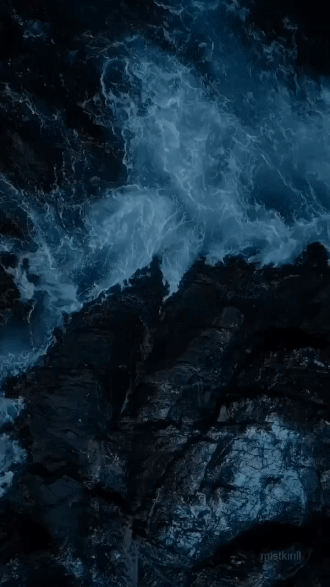

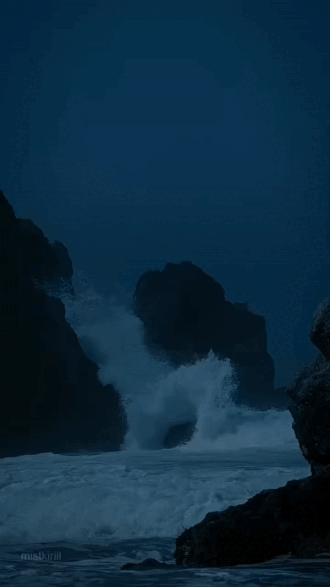
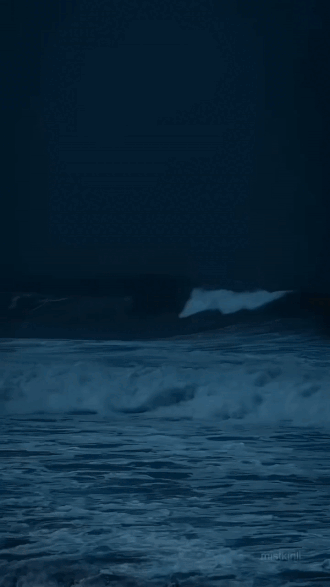


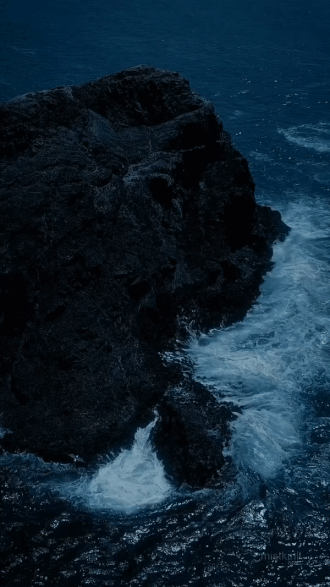
mistkirill on ig
#stim#oceans#waves#nature#sfw#blue#black#white#gray#grey#water#animals#birds#rocks#cliffs#ishy gifs#postish
5K notes
·
View notes
Text
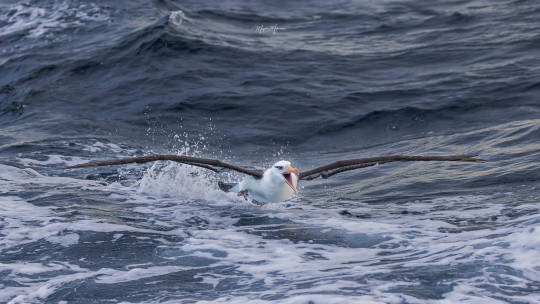

Black-browed Albatross (Thalassarche melanophris), coming to get you!!!, family Diomedeidae, order Procellariiformes, Sydney, Australia
photograph by Meysam Makvandi
#seabird#tubenose#thalasasarche#albatross#procellariiformes#bird#ornithology#diomedeidae#ocean#australia#animals#nature
3K notes
·
View notes
Text

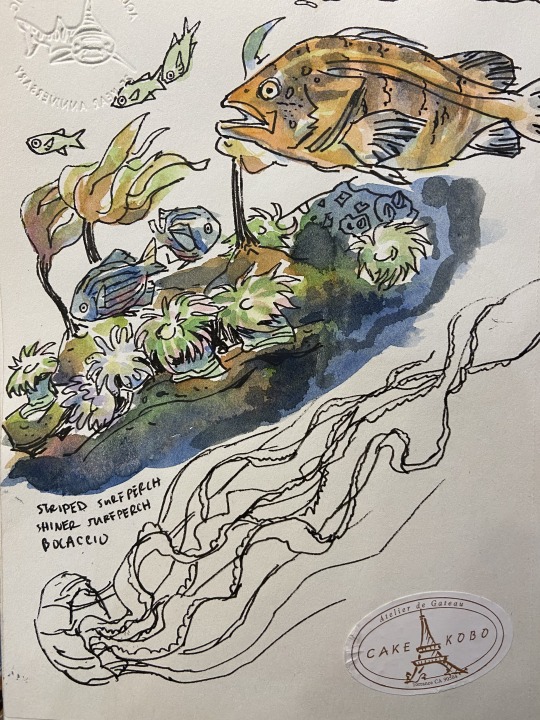

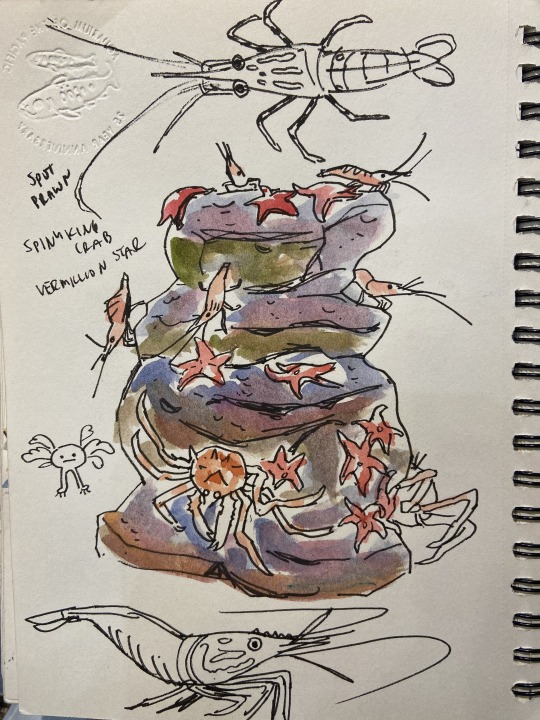
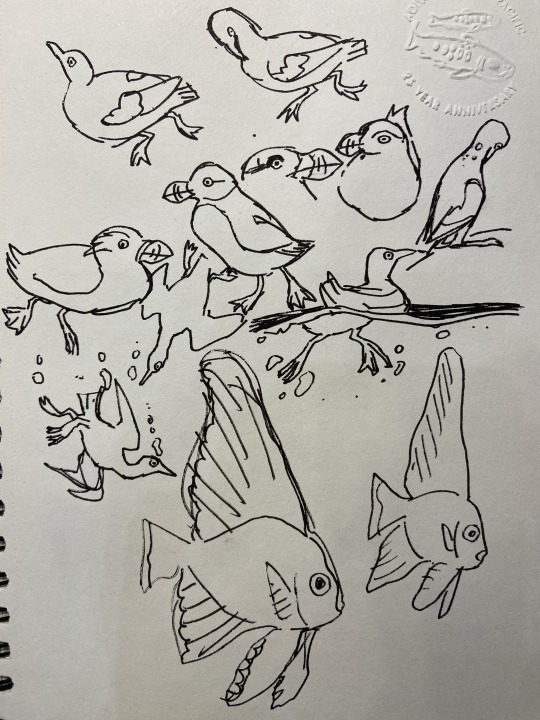
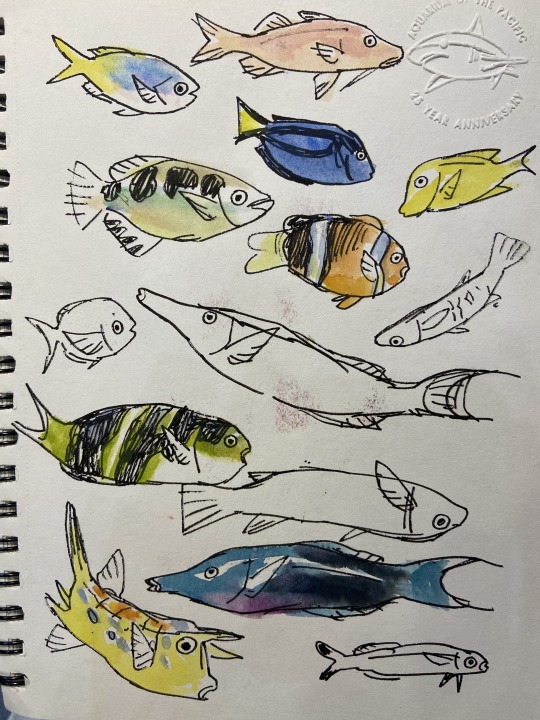
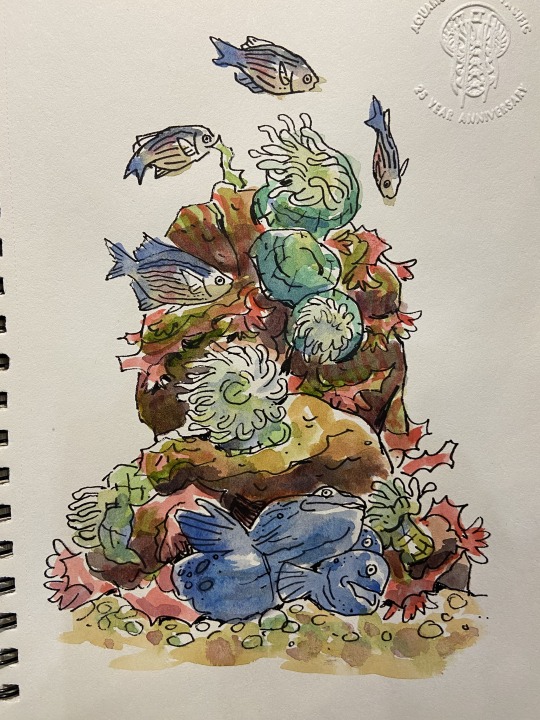
haven't been to the aquarium in of the pacific in years so it was really nice
#sketchbook stuff#artists on tumblr#having a lot more fun when I tell my brain to stylize instead of trying to draw exactly what I see#also I'm very proud of that one bird that looks like it's up to no good mghjkfhg#edit: RIP I SAID aquarium in the pacific and not aquarium of teh pacific mdfgkhjdkhdjg#implying that's it directly in the ocean LMAO
1K notes
·
View notes
Text
For something a bit different, here's a silly little video of a silver gull hunting flies. The area had been hit by a storm recently which washed massive amounts of kelp and other sea weed onto the beach which in turn attracted enormous numbers of flies.
1K notes
·
View notes
Text

“The waves formed a magnificent pompadour atop the little duckling’s head, granting him the power of water…”
Inspired by Quaxly 💙🦆
Prints
#artists on tumblr#illustration#cute art#pokemon#pokémon#digital art#pokemon day#cute animals#ducks#birds#cute birds#ocean#waves#sea#water#quaxly#pokemon sv#pokemon scarlet and violet#my art#marissasketch
12K notes
·
View notes
Text

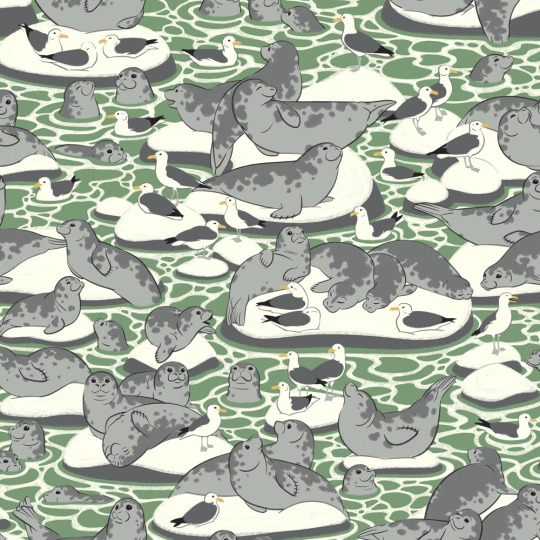

A late summer boat ride, after the puffins and terns had left, was the inspiration for my second wintery seamless illustration, featuring Maine animals. Far fewer species in the off season, but we've got some good ones. Harbor seals and herring gulls are pretty reliable, and always adorable .
#illustration#jada fitch#art#bird#maine#drawing#nature#birds#design#artist#sea#seals#loafing#rocky coast#winter#harbor seal#cartoon#cute#ocean#foam#holiday#christmas#fabric#pattern#seamless pattern#pattern design#card#green#nautical#naturalist
1K notes
·
View notes
Video
Bufflehead Male 2 by Kip Hutchison
Via Flickr:
Adult male Bufflehead have a white body, black back, and a dark head with a large white patch that wraps around the back of the head. Females and first-year males are gray-brown overall with an oval, white cheek patch. In flight adult males have a large white patch on the upperwing; females and first-year males have a smaller white wing patch. Check another Bufflehead.... www.flickr.com/photos/kiphutchison/53330427518/in/datepos...
#Ducks#Duck#Sea Birds#Sea Duck#Water Birds#Bufflehead#Water Bird#Vancouver Island Wildlife#VancouverIslandBirds#Vancouver:Island#Shorebird#Shorebirds#Ocean Birds#Nature#British Columbia#Birds.#flickr
11 notes
·
View notes
Text
📍Alaska, USA 🇺🇸
#video#paradise#view#nature#paraiso#natureza#explore#travel#trip#ocean#beach#bonfire#fire#birds#music#alaska#alasca#eua#usa#camp#trees#woods#forest#sunset#sundown#landscape#adventure#luau
865 notes
·
View notes
Text

Ana Mendieta: Washup (1976)
1K notes
·
View notes
Text

Old ocean,
Thank you for holding me
-
Cosmo Sheldrake
955 notes
·
View notes
Text

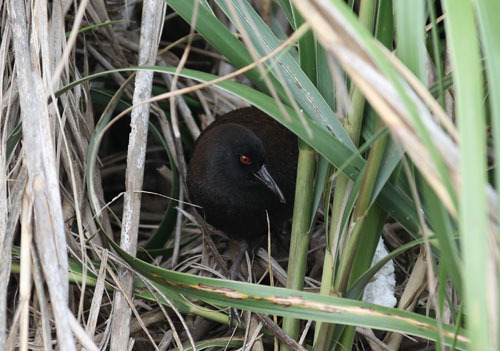

Access Denied: The Inaccessible Island Rail
The Inaccessible Island rail (Laterallus rogersi) is a rarely seen member of the rail family, Rallidae. Part of the reason for its obscurity is the place in which it resides: Inaccessible Island, part of the Tristan da Cunha archipelago in the southern Atlantic Ocean. These islands are extremely remote, and until 2019 it was unclear how L. rogersi even came to be there. We now know that the species colonized the island some 1.5 million years ago, originally coming in from South America and subsequently losing its ability to fly.
In addition to its unique evolutionary history, the Inaccessible Island rail's greatest claim is that it is the smallest flightless bird in the world. Individuals weigh between 35 to 49 g (1.2–1.7 oz) and can be 13 to 15.5 cm (5.1–6.1 in) long from beak to tail. Members of both sexes are dark brown with red eyes; some may have white striping along the underbelly or wings. Females tend to be slightly smaller and lighter in color than males.
The Inaccesible Island rail can be found on all habitats on the island in which it inhabits; these include low mountains and fern brush though the species is most abundant in the grasslands that grow close to the rocky shore. Within these habitats, L. rogersi is largely diurnal. They freely forage for invertebrates, including earthworms, beetles, and moths, as well as seeds and berries; as they have no natural predators they have few defenses against potential threats, although they can run extremely fast when alarmed.
Adults are highly territorial, and when two rivals of either sex encounter each other they will display by lowering their heads, circling each other, and calling loudly until one of them concedes. Males and females mate for life, and build nests in the tall grass. The breeding season is between October and January, in late summer, and females lay a clutch of 2 eggs. Both parents take turns incubating the eggs until they hatch. Chicks can be vulnerable to predation by the migratory brown skua, so parents guard the nest fiercely. The time it takes for chicks to fully mature is unknown, as is the average lifespan in the wild.
Conservation status: The Inaccessible Island rail is considered Vulnerable by the IUCN. The island's population is believed to stand at about 5,600 adult birds. While the island's ecology is currently stable, researchers believe the species would be seriously imperaled if invasive species such as house mice, feral cats and brown rats were introduced. Access to the island is currently restricted, and the island has been declared a nature reserve by the Tristan da Cunha Island Council.
If you like what I do, consider leaving a tip or buying me a kofi!
Photos
Peter G. Ryan
#inaccessible island rail#Gruiformes#Rallidae#rails#birds#islands#island birds#grasslands#grassland birds#Atlantic ocean#animal facts#biology#zoology
939 notes
·
View notes
